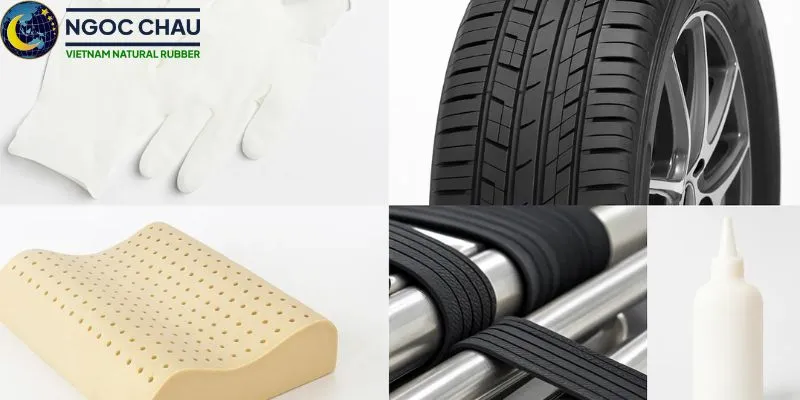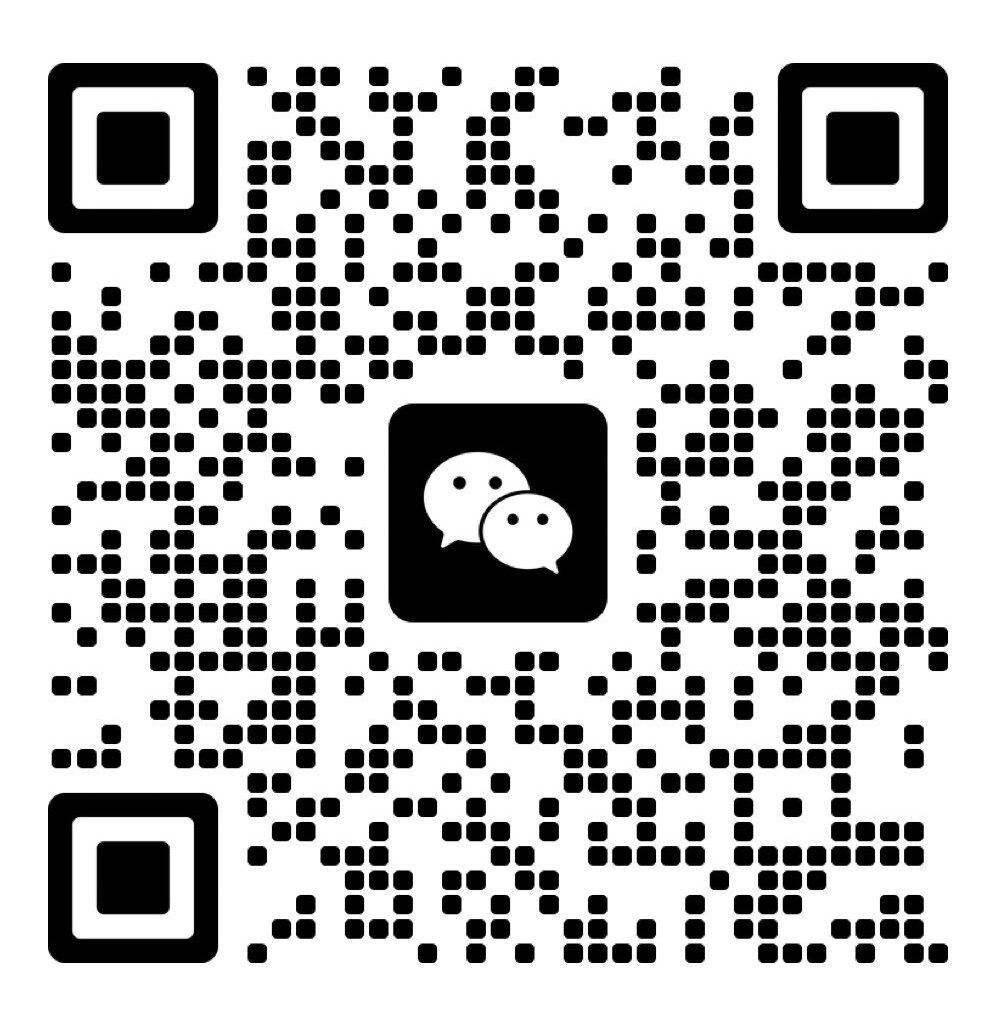Contents
In the global rubber market, it is crucial to recognize the differences of SVR 3L rubber to ensure the right sourcing decisions. Ngoc Chau Natural Rubber provides premium SVR 3L, known for its low impurity content, light creamy color, smooth texture, and stable processing behavior. These qualities make it the preferred choice for high-end tires, medical devices, and electrical components, outperforming lower grades like RSS or SVR 20. Backed by international standards with full COA & TDS, Ngoc Chau delivers not only top-grade quality but also a reliable long-term supply partner.
Why It Matters
Understanding why SVR 3L stands out is essential for global buyers and manufacturers who want to recognize the differences of SVR 3L rubber compared to other grades. Its consistent quality and purity bring strategic advantages in production and supply chain management.
- High-End Product Manufacturing
SVR 3L enables the production of premium tires, medical products, and electrical cables, where durability, safety, and reliability are non-negotiable.
- Predictable Production
With stable viscosity and uniform properties, SVR 3L ensures fewer defects, smoother processing, and cost savings across large-scale manufacturing lines.
- Meeting Global Standards
Supplied by Ngoc Chau Natural Rubber, SVR 3L is fully tested and certified (COA & TDS), guaranteeing compliance with ISO and international market requirements.
Visual & Physical Characteristics
To recognize the differences of SVR 3L rubber, buyers and traders should pay close attention to its distinct visual and physical traits. These characteristics not only highlight its superior purity but also make it easy to distinguish SVR 3L from lower-grade rubbers such as RSS or SVR 20.
- Color → Pale, creamy, or bright yellow; a clear sign of high purity (unlike the darker, uneven color of RSS).
- Form → Block rubber, packaged in bales and wrapped in protective film for export.
- Texture → Smooth surface, free from visible dirt or impurities.
- Odor → Light, sweet-like natural latex smell, not overpowering.
These features ensure that SVR 3L remains a premium, export-grade rubber trusted by global buyers for its cleanliness, stability, and reliability.
Laboratory Testing & Technical Properties
To recognize the differences of SVR 3L rubber, laboratory tests are essential, as they confirm its quality and distinguish it from mid- or lower-grade TSRs. These properties demonstrate why SVR 3L is regarded as one of the highest-quality natural rubbers for export.
- Mooney Viscosity → Measures processing consistency (SVR 3L typically ranges from 65–85 ML(1+4) at 100°C), ensuring stable performance in manufacturing.
- Dirt and Ash Content → Strict limits guarantee high purity: dirt ≤0.02%, ash ≤0.6%.
- Plasticity & PRI → Po (Initial Plasticity) ≥30; PRI (Plasticity Retention Index) ≥60 → excellent elasticity and durability even after aging.
- Volatile Matter & Nitrogen → Volatile ≤0.8%, Nitrogen ≤0.6% → stable and clean composition.
- Color Coding → Identified with a white opaque band on the bale, making SVR 3L easily recognizable.
These technical standards, certified under ISO 2000:2014 and TCVN 3769:2016, give global buyers confidence in Ngoc Chau Natural Rubber’s SVR 3L as a reliable, premium-grade supply.
How to Test and Verify SVR 3L
To recognize the differences of SVR 3L rubber, buyers should combine both quick inspections and precise laboratory tests. While the pale, creamy color and smooth surface give initial clues, technical testing and supplier documentation provide reliable confirmation.
- Visual Inspection → Observe the bale’s color and cleanliness. SVR 3L should appear light and uniform, without dark patches or visible dirt.
- Sieve Test → Pass the rubber through a 45-micron sieve to measure dirt content. For SVR 3L, the level must be extremely low (≤0.02%).
- Mooney Viscosity Test → Performed with a Mooney Viscometer, this evaluates processing consistency. SVR 3L typically shows 65–85 ML(1+4) at 100°C, ensuring stable mixing and predictable performance.
- Wallace Plasticity Test → Measures both Po (≥30) and PRI (≥60), confirming that SVR 3L maintains elasticity and durability even after aging.
- Documentation Review → Always request a Certificate of Analysis (COA) and Technical Data Sheet (TDS) from the supplier to validate compliance with ISO 2000:2014 and TCVN 3769:2016.
By combining visual checks, lab results, and certified documentation, global buyers can confidently secure premium-quality SVR 3L from Ngoc Chau Natural Rubber—with the option to request free samples and technical consultation before purchase.
Key Differences from Other Rubber Grades
To recognize the differences of SVR 3L rubber, it is useful to compare it with other common grades. Each rubber type has its own applications, but SVR 3L stands out for its cleanliness, stability, and high performance.
- Compared to RSS (Ribbed Smoked Sheets) → RSS often contains more impurities and shows a darker, less uniform color. In contrast, SVR 3L delivers low dirt (≤0.02%), bright creamy color, and higher elasticity, making it suitable for premium applications.
- Compared to Other TSRs (SVR 10, SVR 20) → While SVR 10 and SVR 20 are popular mid-tier grades for cost-effective uses, they allow higher dirt (up to 0.08%) and less stability. SVR 3L is a top-tier TSR with stricter quality parameters and consistent processing behavior.
- Compared to Synthetic Rubber → Synthetic rubbers (like SBR or NBR) can provide chemical or heat resistance, but SVR 3L’s natural elasticity, tensile strength, and abrasion resistance make it the preferred choice for tires, medical products, and industrial goods.
This superior balance of purity, durability, and processing stability is why global buyers choose Ngoc Chau Natural Rubber’s SVR 3L over lower-grade natural or synthetic alternatives.
Applications of SVR 3L
As buyers look to recognize the differences of SVR 3L rubber, its wide range of applications across industries highlights why this premium grade is in strong global demand. Thanks to its high purity, elasticity, tensile strength, and heat resistance, SVR 3L consistently delivers superior performance in critical sectors.
- Tire Manufacturing → The largest application. Used in car, truck, motorcycle, bicycle, and aircraft tires, SVR 3L ensures better road grip, heavy load resistance, and longer lifespan.
- Industrial Rubber Products → Applied in conveyor belts, hoses, gaskets, seals, and vibration pads, providing abrasion resistance and reliability in harsh environments.
- Electrical & Cable Industry → Ideal for insulation and protective sheaths, thanks to moisture resistance, heat tolerance, and dielectric strength.
- Medical Products → With low impurity content and high safety, SVR 3L is trusted for gloves, tubing, stoppers, and healthcare devices.
- Household Goods & Toys → A clean, eco-friendly material for children’s toys, anti-slip mats, and flexible household items.
By serving such diverse industries, Ngoc Chau Natural Rubber’s SVR 3L proves itself as a versatile, reliable, and globally trusted raw material.
Conclusion
In today’s global market, the ability to recognize the differences of SVR 3L rubber is critical for manufacturers and traders aiming for consistent, high-quality performance. With its exceptional purity, elasticity, and compliance with ISO/TCVN standards, SVR 3L outperforms lower-grade natural and synthetic rubbers, making it the trusted choice for premium tires, medical products, electrical cables, and industrial components.
At Ngoc Chau Natural Rubber, we back every shipment with a full COA and TDS, ensuring transparency and reliability.
📩 Contact us today to secure stable supply with competitive export pricing. 🌍 Trusted by global manufacturers across Asia, Europe, and Africa, we also provide limited free samples for new partners — helping you test quality before committing.
FAQ: SVR 3L Identification
Q1. How can I quickly identify SVR 3L rubber?
By its pale creamy color, smooth texture, and white opaque band on the bale.
Q2. What lab tests confirm SVR 3L identification?
Mooney Viscosity (65–85), PRI ≥60, dirt ≤0.02%—tested under ISO 2000:2014 / TCVN 3769:2016.
Q3. What is the difference between SVR 3L and RSS?
SVR 3L is cleaner, lighter, and more consistent, while RSS has darker sheets with more impurities.
Q4. Why do global buyers prefer SVR 3L?
Because it ensures premium quality, international standards, and reliability for tires, medical, and cables.
Q5. How can I verify SVR 3L from a supplier?
Request the supplier’s COA and TDS to confirm compliance and authenticity.











 Ms Evan
Ms Evan